Divine Horsemen: The Living Gods of Haiti journeys into the world of the Vodoun religion, communing with the drums and loa rituals, made by avant-garde filmmaker Maya Deren between 1947-1951.
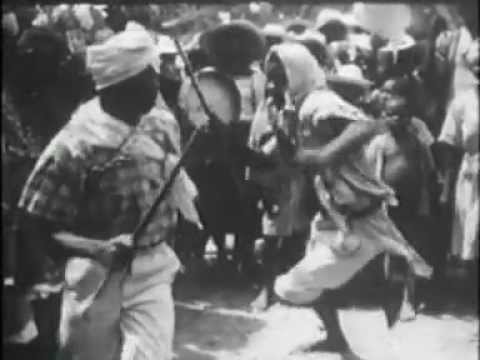
Watch this video on YouTube
“Divine Horsemen: The Living Gods of Haiti” explores the Vodoun religion of Haiti, filmed by Maya Deren during 1947-1951, and edited posthumously by Teiji and Cherel Ito (1971).
Maya Deren’s Magical Ethnographic Film of Haiti and the Wonder of Vodoun
The film captures the rituals of Rada, Petro and Congo cults, whose devotees commune with the cosmic powers through invocations — ritual offerings, song and dance. The Vodoun pantheon of deities, or loa are introduced as living gods, actually taking possession of their devotees. Also featured are the Rara and Mardi Gras celebrations.
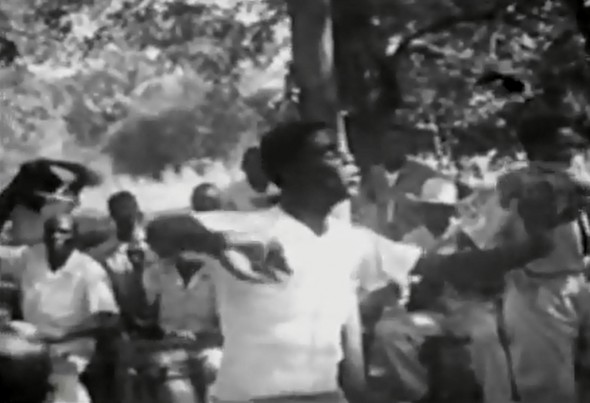

STORY: Haitian Vodou: Summoning the Spirits
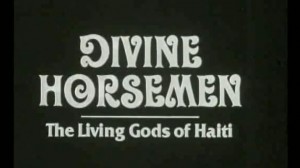
In 1947, wire recorders (which could operate on automobile battery power) had just come on the market and Maya Deren brought the first one to Haiti. She first traveled there on a Guggenheim fellowship grant in 1947. Included in her soundtrack to Divine Horsemen (shot between 1947-51) are some of the finest recordings ever made during Vodoun religious ceremonies near Croix des Missions and Petionville.
A Creative Force
Regarded as one of the founders of the postwar US independent cinema, the legendary Maya Deren was a poet, photographer, ethnographer, filmmaker and impresario. Meshes of the Afternoon (1943) ranks among the most widely viewed of all avant-garde films, made with her second husband, Alexandr Hammid, in Los Angeles.
STORY: Lady Lazarus: The Hurt Imagination of Sylvia Plath
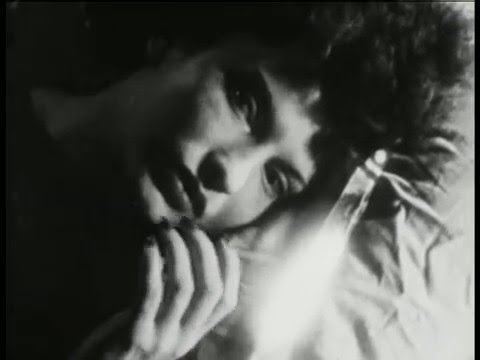
Watch this video on YouTube
Meshes of the Afternoon, A Film By Maya Deren and Alexandr Hammid, soundtrack recent, added by Ryan OC.
Originally a silent film with no dialogue, music was later composed by Deren’s third husband Teiji Ito in 1952. Her social circle back in New York also included Marcel Duchamp, André Breton, John Cage, and Anaïs Nin.
Updated 31 January 2024



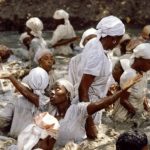
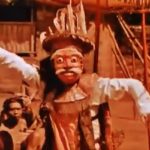
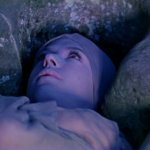
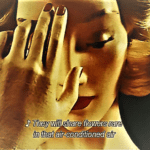






Pingback: Haitian Vodou: Summoning the Spirits | WilderUtopia.com
Pingback: The “dream of the perfect archive” | Avataric
Pingback: Beat Generation Dreams of John Cassavetes | WilderUtopia.com
Pingback: Practical Magic: Circuladium – HUI YING TSAI ???
Pingback: HAITIAN VODOU: SUMMONING THE SPIRITS - TOWN CRIER